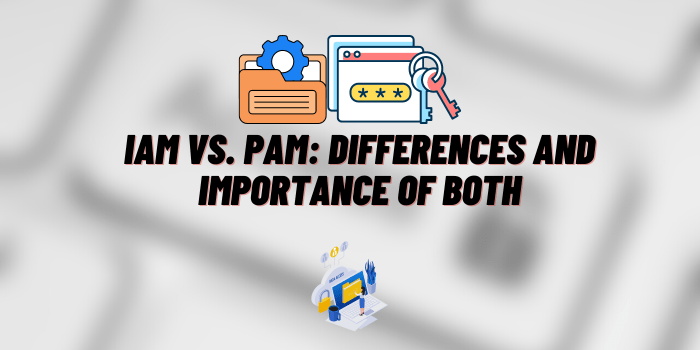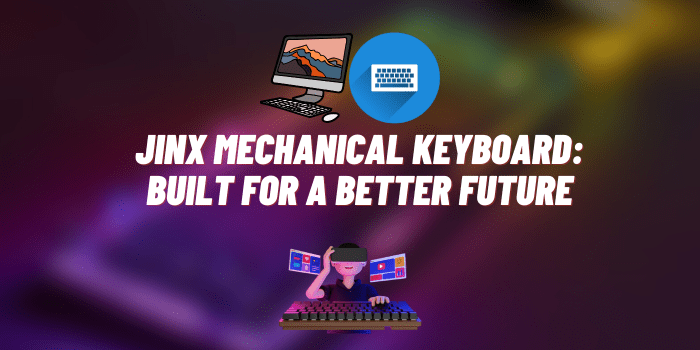How New Technologies Revolutionize UX Design
In the ever-evolving landscape of digital experiences, User Experience (UX) design plays a pivotal role in shaping how users interact with technology. From websites to mobile apps and beyond, the seamless integration of user-centric design is crucial for success in today’s competitive digital world.
As technology advances, innovations are revolutionizing how designers approach UX, making interactions more intuitive, engaging, and personalized. This article explores how cutting-edge technologies transform the UX design landscape and highlights the impact of a UX design agency in London — a leading platform at the forefront of this digital revolution.
The Evolution of UX Design

The history of UX design can be traced back to the early days of computing when interfaces were primitive and challenging. Over the years, UX design has evolved significantly, driven by technological advancements and the increasing demand for seamless user experiences.
Understanding the Importance of UX Design in New Technologies
UX design goes beyond aesthetics; it focuses on understanding user behavior and needs, resulting in intuitive and efficient products. A well-designed user experience can increase user satisfaction, higher retention rates, and improve brand loyalty.
It has a direct impact on a business’s success and market competitiveness.3. Impact of New Technologies on UX Design
1. AI and Personalization
Artificial Intelligence (AI) has transformed the way we interact with digital products. Machine learning algorithms analyze user data to provide personalized experiences, suggesting relevant content, products, or services.
Know that personalization enhances user engagement and increases the likelihood of conversion.
2. Augmented Reality (AR) and Virtual Reality (VR)
AR and VR have opened new possibilities for immersive user experiences. From trying on virtual clothes to exploring real estate properties, these technologies provide interactive and engaging encounters that were once unimaginable.
Implementing AR and VR in UX design allows businesses to showcase their products uniquely and captivatingly.
3. Internet of Things (IoT) Integration
The IoT enables seamless communication between devices, creating a connected ecosystem. UX designers can leverage IoT data to understand user habits and preferences better. This knowledge helps design products that align with users’ needs and practices.
4. Voice User Interface (VUI)
Voice-controlled devices like smart speakers have become increasingly popular, and integrating VUI into UX design has become essential. VUI allows users to interact naturally with machines, making the user experience more convenient and hands-free.
5. Responsive Design and Mobile Optimization
With the rising number of mobile users, responsive design has become critical for UX designers. Webs and apps must adapt seamlessly to varying devices and screen sizes to ensure a consistent and user-friendly experience regardless of the platform.
The Role of Data in Enhancing UX Design

In contemporary UX design, the quintessential element revolves around data-driven decision-making. Through astute analysis of user data, designers can unravel the intricacies, track behavioral patterns, and arrive at enlightened design choices. The art of gathering and scrutinizing data fosters an ever-evolving user experience, perpetually honing it to perfection.
Data-driven UX design demands refinement and enhancement to attain the zenith of user comfort and contentment. The assimilation of copious information bequeaths an unparalleled comprehension of user behaviors, needs, and desires. The interface’s frailties and issues are unearthed by delving into data analysis, paving the path to effective remedies. A data-centric approach empowers UX design teams to curate products for distinct users, engendering unforgettable experiences.
Overcoming Challenges in Implementing New Technologies
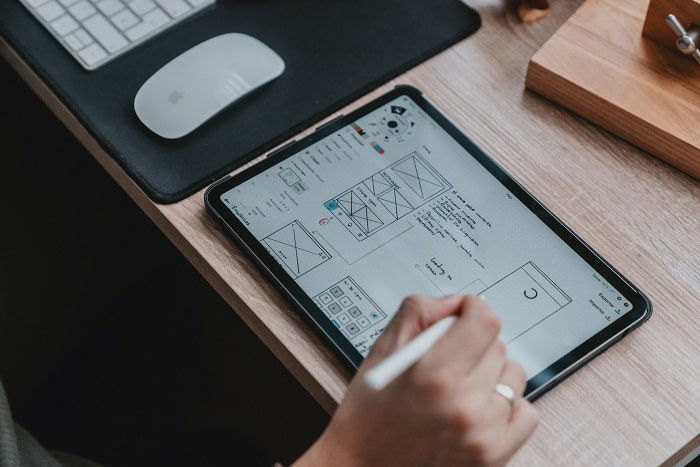
While new technologies offer exciting opportunities, they also come with challenges.
UX designers must address issues like compatibility, user adoption, and the learning curve associated with innovative features. Overcoming these challenges is vital to ensure successful implementation.
One of the critical challenges UX designers face is convincing users to adopt new technology. Although innovation can be helpful and progressive, some users may be inclined to retain familiar tools or processes.
Another critical aspect of implementing new technologies is compatibility with existing systems and programs. Failure to ensure interoperability can lead to problems with data exchange and interoperability between different business components.
The implementation of new technologies may require a training period for staff to master the new features and tools. This can create a temporary delay in work processes and cause dissatisfaction.
The Future of UX Design
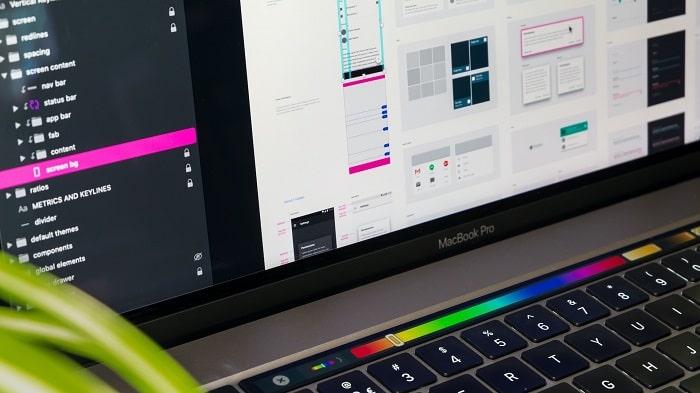
As technology continues to advance, UX design will keep evolving. The future holds exciting possibilities, like brain-computer interfaces and further AI and AR/VR advancements.
The focus will remain on human-centric design, creating experiences that are intuitive, efficient, and delightful. One of the most exciting areas of the future of user interface design is the development of brain-computer interfaces. This allows users to control the technology with their minds without needing physical action.
Another critical aspect of future UX design is the development of artificial intelligence. With the development of artificial intelligence, designers can create personalized and contextual experiences that adapt to users’ unique needs.
The future of user interface design looks exciting and promising. Brain-computer interfaces, advances in artificial intelligence, and augmented/virtual reality will change how we interact with technology. However, attention to the needs and comfort of users remains unchanged, and interfaces are born that allow intuitive, efficient, and pleasant interaction.
On a Final Note
New technologies are reshaping the landscape of UX design, empowering designers to craft innovative and user-centric experiences. A few examples of how technology is revolutionizing UX includes:
- AI-driven personalization;
- AR and VR immersion;
- Integration of IoT;
- Voice User Interface (VUI);
- Responsive design.
By embracing data and overcoming implementation challenges, businesses can stay ahead in delivering exceptional user experiences.
Moreover, businesses must adopt a forward-thinking approach to harness the full potential of new technologies in UX design. It starts with understanding the needs and preferences of the target audience.
Conducting user research and gathering feedback are essential steps in identifying pain points and areas for improvement.
FAQs
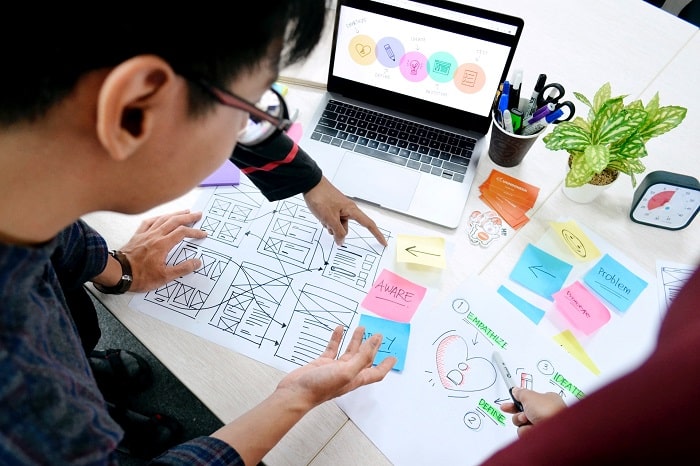
How does AI impact UX design?
AI enhances UX design by providing personalized recommendations, streamlining processes, and enabling a better understanding of user behavior.
Can AR/VR be beneficial for e-commerce businesses?
Yes, AR/VR can significantly benefit e-commerce by allowing customers to virtually experience products before purchasing.
What is the significance of IoT in UX design?
IoT integration enables a deeper understanding of user habits, creating more tailored and convenient experiences.
How does responsive design improve user experience?
Responsive design ensures that websites and applications adapt seamlessly to different devices, providing a consistent user experience.
What can we expect from the future of UX design?
The future of UX design will likely bring advancements in brain-computer interfaces and even more sophisticated AI-driven experiences.

